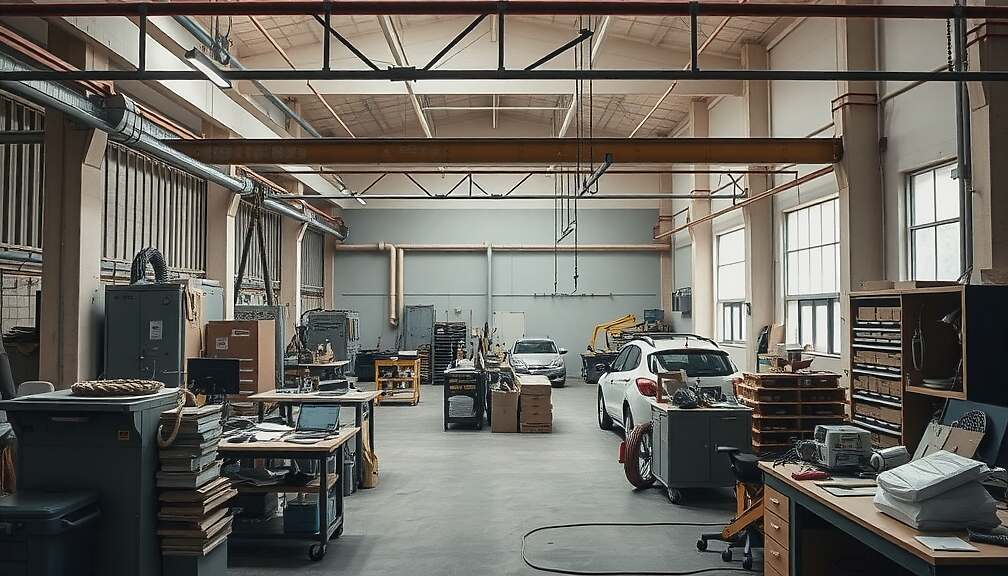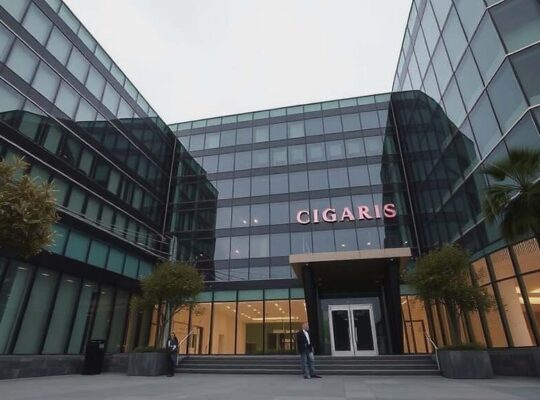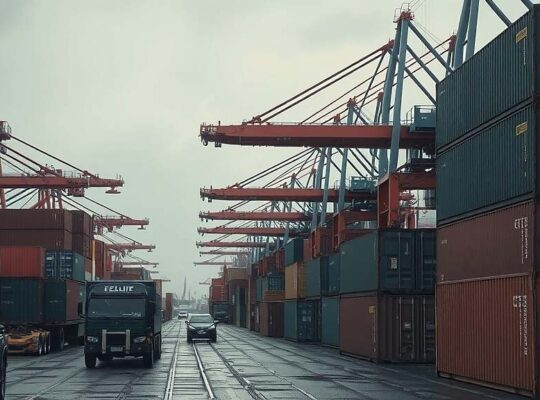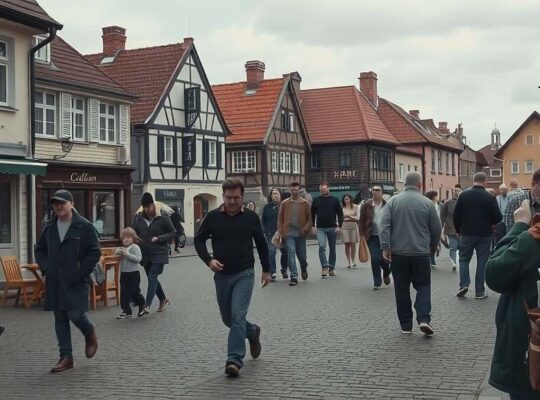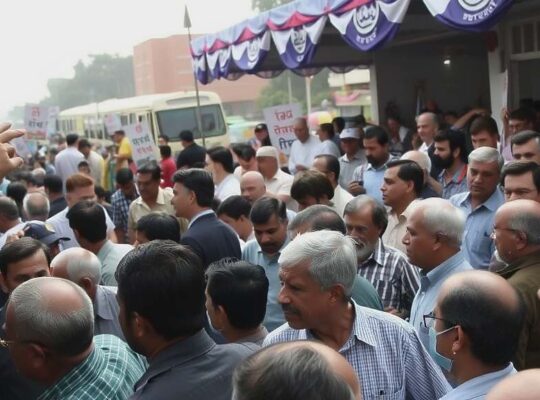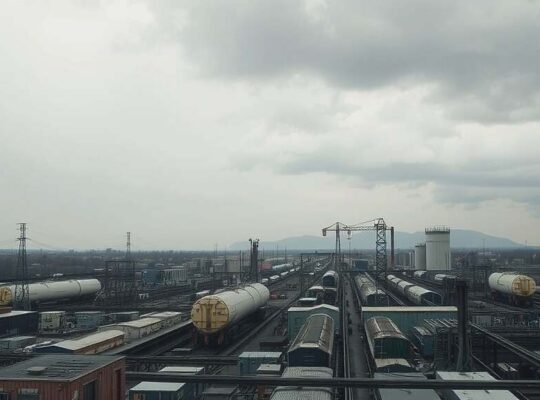Preliminary data from Destatis, the German Federal Statistical Office, paints a concerning picture of the manufacturing sector’s health in August 2025. Real incoming orders, adjusted for seasonal and calendar variations, experienced a 0.8% decline compared to July, signaling a potential slowdown in industrial activity that casts a shadow on Germany’s economic outlook. Excluding significant, often volatile, large orders, the drop was even more pronounced, registering a 3.3% decrease. This trend is further corroborated by a three-month comparison (June-August), which revealed a 2.3% decline, intensifying to 2.0% when large orders are excluded. A prior downward revision of July’s figures – initially reported as a 2.9% drop – to 2.7% exacerbates the feeling of fragility.
The weakness is heavily attributable to a sharp contraction in new orders within the automotive industry, which plummeted 6.4% on a seasonally and calendar-adjusted basis. Significant downturns were also observed in the production of data processing equipment, electronic and optical goods (-11.5%) and the pharmaceutical sector (-13.5%), contributing significantly to the overall negative result. While gains were seen in the production of metal products (+15.4%), other vehicle construction (+17.1%) and electrical equipment (+7.2%), these were insufficient to offset the broader sectoral weakness.
Investment goods orders were down 1.5% month-on-month, while consumer goods orders suffered a more substantial 10.3% decline. A modest rise of 3.0% in orders for intermediate goods offers a sliver of positivity, but does little to alleviate concerns.
Exacerbating the situation is a 4.1% fall in foreign orders, with demand from outside the Eurozone decreasing more drastically (-5.0%) than that from within the currency bloc (-2.9%). Domestic orders, conversely, rose by 4.7%, suggesting a reliance on internal demand to counter weakening international performance.
The concerning trend in incoming orders is mirrored in a 0.8% decrease in real turnover in manufacturing during August, compared to July. Year-on-year, turnover was down 1.1% when adjusted for calendar variations. A substantial revision of July’s turnover figures, initially reported as an increase of 0.9%, was later adjusted to a 0.3% decrease, largely driven by a corrective notification from the machinery sector, underlining the volatility and potential for further revisions.
The combination of declining orders, revised turnover data and sectoral weakness, particularly within key export industries, raises crucial questions about the resilience of the German industrial base and the government’s strategies for bolstering its competitiveness in a challenging global economic environment. The data warrants closer scrutiny, particularly regarding the potential impact of evolving geopolitical factors and ongoing supply chain disruptions on Germany’s manufacturing performance. The reliance on domestic demand as a potential countermeasure also prompts inquiry into the long-term sustainability of this approach.


